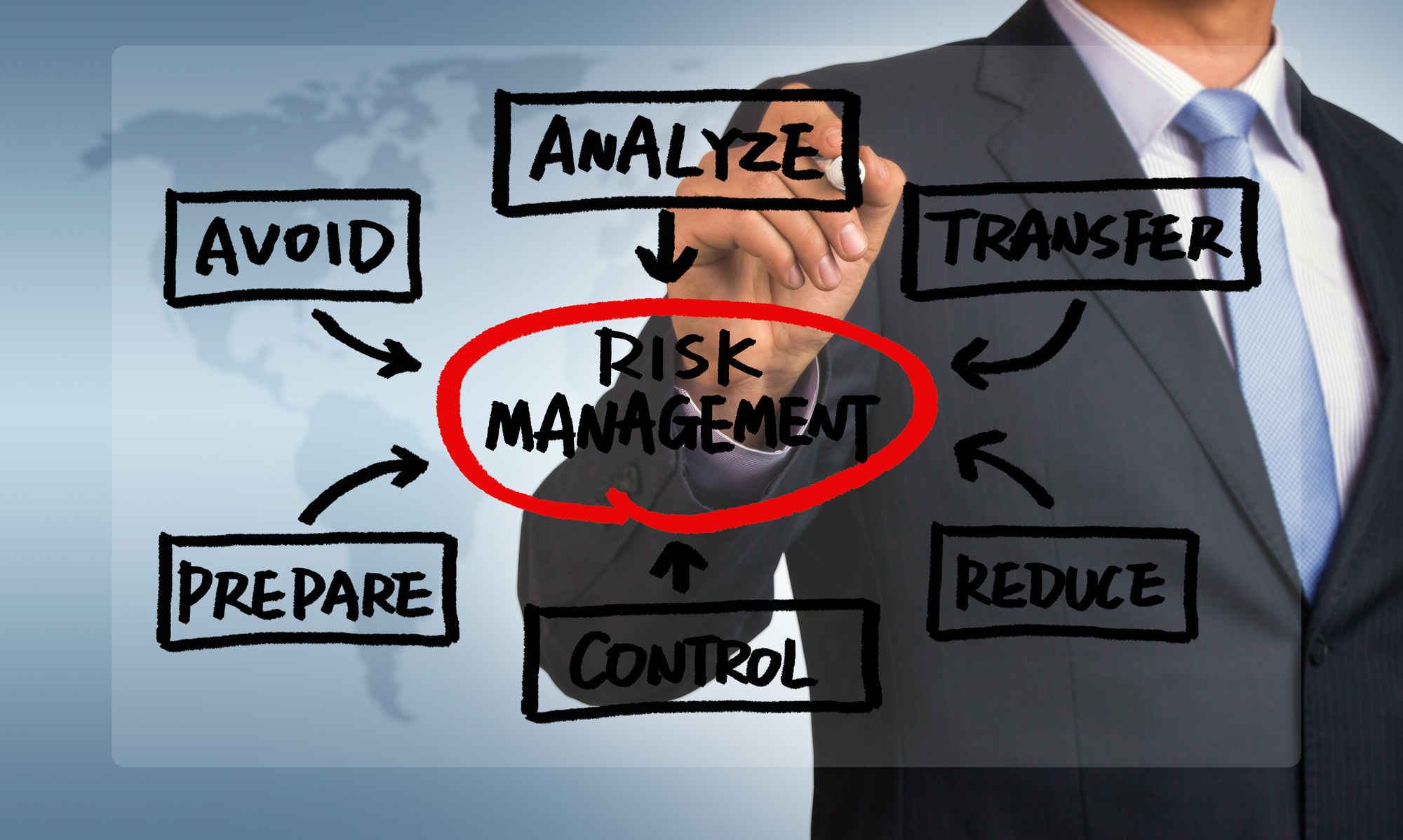
Why Your Company Needs Operational Risk Management
Every business move you make has a risk. Risk is what pays off in the marketplace, in addition to your confidence in your success. But risking the health of your operations is a move you can’t afford to make.
As your business grows, so does its complexity. But every new team member or technology adds operational risk. This includes costs of anything from marketing platforms to personal injury liability.
No business succeeds without carefully studying benefits and risks. You do this every time you open new facilities or a new product line. But there are quantitative risk management tools that can make consistent success achievable.
Imagine you’re purchasing a freight truck. One can carry more freight but only on smooth terrain. The other is more rugged but it carries less freight.
Risk managers determine how many of which truck type should carry freight from where. The placement should lower risk and maximize value.
What is Operational Risk Management?
You may be familiar with the term “cost-benefit analysis.” Experts used this to measure the pros and cons of any business move. This concept is what evolved into the practice of operational risk management.
Risk management should touch every part of your company. This includes all people, technology, and equipment. Taking a strategic approach to risk management enables businesses to thrive and grow.
Basic business logic is practical. It says to allocate resources for each business unit to function as intended. But this does not factor variables that can alter the course of those operations.
How Risk Management Adds Business Value
Think about the future costs of potential equipment failures, health hazards, and disasters. Operational risk management factors the probabilities of these problems. It helps you prevent cost by optimizing your investments in advance.
In that way, you will know what safety features to spring for in key areas. You will know what capacity to run your machinery to balance productivity and risk. You can even activate business functions you might have thought unusable.
Realize that risk management isn’t a deterrent for progress. Quite the opposite. It facilities progress by identifying your greatest opportunities for success over time.
Creating a Risk Management Solution
Operational risk management should not be secondary. It should be built into your project development process. Involving risk management from the beginning prevents costly mistakes.
You must establish roles for each of your team members. Different levels of your organizations will play different roles.
Most companies have a governing body such as an executive board. This body studies the results of risk analyses and creating policies. The CEO is accountable for executing those policies across the organization.
The operations team is the functional part of the group. They implement plans across operational aspects of the organization. Each member of the team will have responsibilities in different departments, each with its unique set of rules.
But operational risk management is not a static process. The operations team must continue to provide reports to company leadership.
Start by educating your team. You can learn more about risk management solutions at Poms & Associates. Follow the best risk management trends in the business.
Protect Your Marketing Investment
ArticleCity delivers the greatest value content at the lowest risk to your business. Drive more traffic and leads with lasting value for your website.
Get started with our content marketing platform today. Sign up for free and we’ll build a custom solution for your business.
